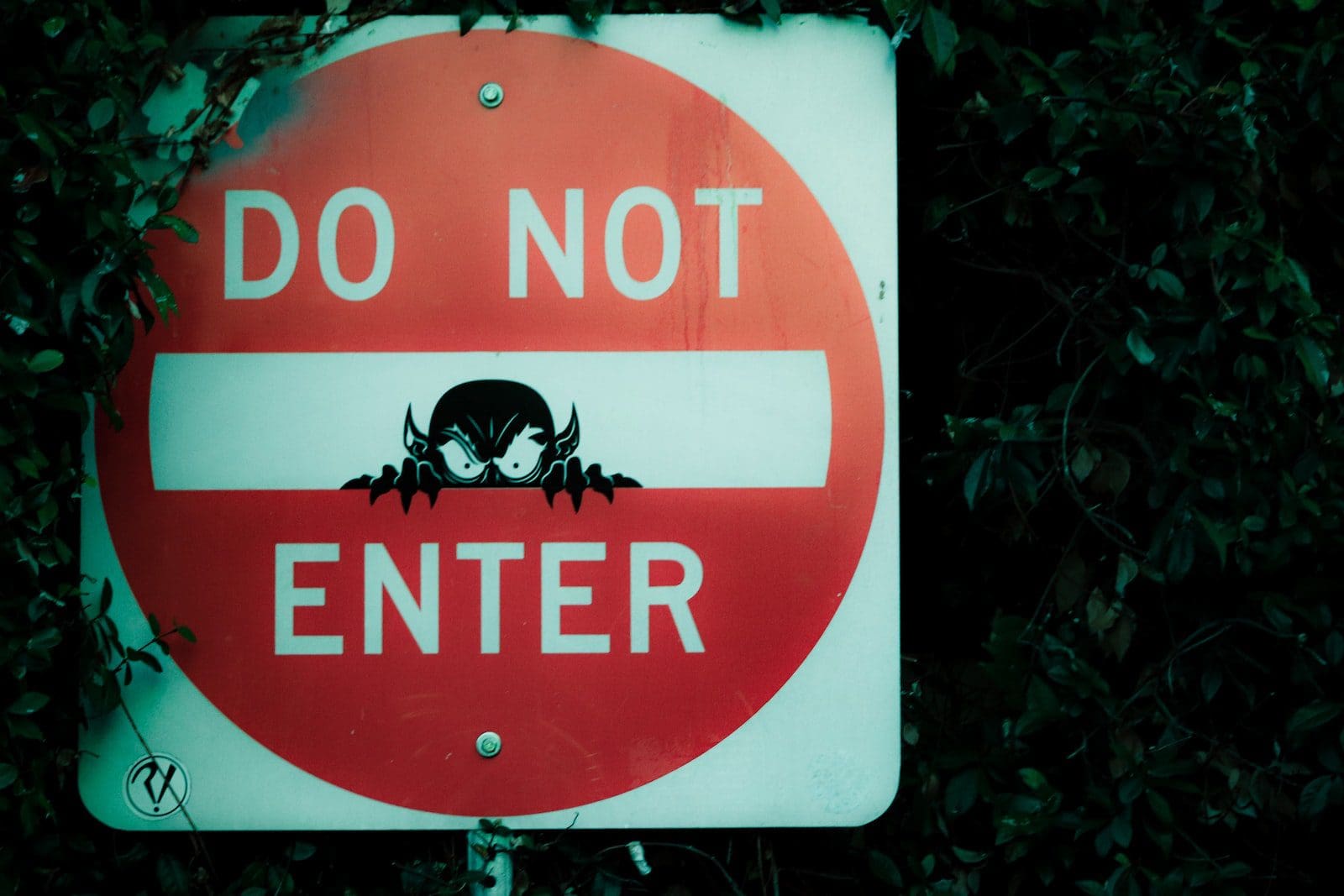Just like how the coin has two sides, philosophies also tell that abstract concepts are also mostly dual, that is, both good and evil coexist. This concept, however, seems logical and true.
If there is no evil, we would not be able to identify the good, appreciate the good, and differentiate it from the others. A very good example of good and evil that differs in perceptions and people is fighting a war.
Key Takeaways
- Good and Evil are two opposing moral concepts used to describe actions, behaviors, and intentions.
- While Good is associated with positive qualities such as kindness, honesty, and compassion, Evil is associated with negative qualities such as cruelty, deception, and malice.
- Good and Evil are subjective and shaped by cultural and personal beliefs.
Good vs Evil
One brings about pleasure, while the other causes misery and disappointment. The concept of dualism goes hand in hand in all aspects of life. Without the dark, there is no light. We would not have probably recognized a difference if it was always dark or always light.

Good, though is an abstract concept and it is universally accepted and agreed to be good, might not remain the same for others. One might turn out to be good for the other, whereas, from the other person’s shoes, it is evil.
For example, winning a contest can be good for one, whereas the one who pathetically loses considers it evil.
Evil is feared by many. It is said to bring misery, pain, sorrow, disappointment, and fear.
People tend to stay away from evil and put in all their faith and hope to prevent anything from evil from happening. Different religions, communities, and traditions also have differences of opinion about good or evil.
Comparison Table
| Parameters of Comparison | Good | Evil |
|---|---|---|
| Definition | Good is something that is accepted happily, celebrated, and appreciated by the majority of people. | Evil is feared, hated, disagreed, and feared by the majority of people. |
| Emotion | Goodness gives a person happiness and pleasure. | Evil gives a person misery and sorrow. |
| Results | Good is something that results in love and praise. | Evil is treated with hate and curses. |
| Process of Achievement | Good is achieved with pure and genuine intentions. | Evil is achieved through cruel and bad intentions. |
| Example | Winning a war is good. | Losing a war is evil. |
What is Good?
According to philosophers and society, good is something that brings happiness, peace of mind, joy, success, appreciation, prosperity, success, and luck. However, to earn the good, you must work hard to endure pain and failures to make all your way to the good.
According to mankind, goodness brings popularity and love, and it is something the majority of people yearn for and work every day to achieve their likes.
Laws also define and differentiate between good. The main difference is that good brings happiness and joy, enjoyed only by the individual but also for the people surrounding the individual.
Evil brings personal and selfish happiness to an individual who might have hurt many people, and thus it is evil. The success achieved by spreading joy and happiness is the true significance of good.
The results, actions, and deeds also play a significant role in saying if it is good.
For example, if an athlete honestly wins the race with arduous training, practice, and effort, it is good, whereas if an athlete tries to deceive others by taking in drugs or injections to increase his speed, then that is evil; however, the individual athlete may be benefitted from it.

What is Evil?
An interesting fact is that there are two concepts of evil, broad and narrow.
The broad concept of evil emphasizes more on bad state affairs and an action that showcases disrespect, dishonesty, and a flaw in the character, behaviors, and also violating laws and rules.
The broad category of evil is further branched into two types natural and moral evils.
A good example of natural evil is the natural calamities and the thongs that occur naturally. Moral evil is one that has differences in opinions.
For some, it might be evil, whereas, for others, it may turn out to be good. A health disorder, stomach ache, cyclone, all these things might affect anyone who will consider it evil.
An interesting phenomenon is that evil is synonymous with the word vile.
They are anagrams, and both these words convey the same meaning. It is a moral and an abstract concept.
Evil is also used in contemporary, regional, traditional, and religion-based communities. We cannot get to evil without going through and passing the doors of evil.
But you never have to trace the paths of good to reach evil. Evil is evil in good, but there is no trace of good in evil.
However, the word bad was not just enough to express some devastating events and thus evolved the concept of evil.

Main Differences Between Good and Evil
- Good is welcomed with appreciation and smiles, whereas evil is cursed, denied, and feared.
- Good gives happiness, but evil brings sorrow.
- Good goes hand in hand with love, but evil with hate.
- Good is praised, but evil is cursed.
- Good is achieved through pure intentions and direct, honest methods, whereas evil is a result of cruel and bad intentions that follow the path of dishonesty.

- https://www.jstor.org/stable/3326442
- https://onlinelibrary.wiley.com/doi/pdf/10.1002/9780470751374#page=166

The discussion of good and evil as abstract concepts is a compelling exploration, highlighting the complexities and nuances embedded within these enduring philosophical ideas.
The intricate nature of good and evil allows for diverse perspectives and interpretations, fostering a deeper analysis of morality’s intricate dimensions.
I find the examination of dual moral concepts to be intellectually stimulating, prompting valuable considerations about the inherent duality of human nature.
The complexities and nuances inherent in defining good and evil reflect the intricate interplay of human values, beliefs, and ethical considerations, creating a thought-provoking arena of philosophical exploration.
The intertwining of ethical considerations and personal beliefs in defining good and evil underscores the intricate nature of moral philosophies, prompting critical reflections on human perception.
I find the philosophical inquiry into good and evil to be deeply thought-provoking, inviting profound contemplations on the nature of morality and human behavior.
The multifaceted aspects of good and evil across diverse cultural and religious contexts contribute to a comprehensive understanding of morality’s universal dimensions.
The concept of dualism is interesting as it shows the coexistence of good and evil in different aspects of life. Through this, we understand how one cannot exist without the other.
I’ve always been intrigued by the different interpretations of good and evil, and how it shapes cultural and personal beliefs.
I agree with you. It’s fascinating to see how different perceptions and people’s beliefs contribute to defining good and evil.
The in-depth analysis of good as something universally appreciated and evil as something feared provides a thorough examination of these contrasting moral forces.
The reflection on how different communities and traditions perceive good and evil enriches our understanding of the multifaceted nature of morality.
I believe that the impact of good and evil extends beyond individual emotions and experiences, shaping societal norms and cultural values as well.
The distinction between good and evil based on results, actions, and deeds provides a clear understanding of how morality and ethical conduct impact our perceptions of these concepts.
Agreed, the ethical considerations surrounding personal and societal consequences offer a deeper insight into the implications of good and evil on a broader scale.
I find the differentiation between good and evil based on individual outcomes and societal impacts to be quite enlightening from an ethical standpoint.
The philosophical discussions surrounding good and evil offer an intellectual inquiry into the complexities of moral concepts, emphasizing the intricate interplay of values and beliefs.
The interconnection between cultural, societal, and individual perspectives on good and evil enriches the philosophical discourse through a multidimensional lens.
The comparison of good and evil, along with the detailed parameters, provides a comprehensive foundation for understanding these dual moral concepts.
Absolutely, the parameters of comparison are crucial in dissecting the nuances between good and evil, furthering our depth of understanding.
The emphasis on the process of achieving good versus evil outcomes sheds light on the intentions behind actions, revealing the ethical implications involved.
The exploration of the broad and narrow concepts of evil provides an insightful understanding of the multifaceted nature of this moral category, reflecting the complexities of human perception.
The dual nature of evil as a moral and abstract concept further accentuates the diverse interpretations and implications inherent in ethical philosophy.
Good and evil are subjective and influenced by cultural and personal beliefs, which is what makes these concepts so complex and thought-provoking.
Indeed, the associations and emotions tied to good and evil are fascinating to study, especially when considering how different cultures define and perceive them.
I believe that the subjective nature of good and evil is what makes it such an enriching area of philosophical discussion.